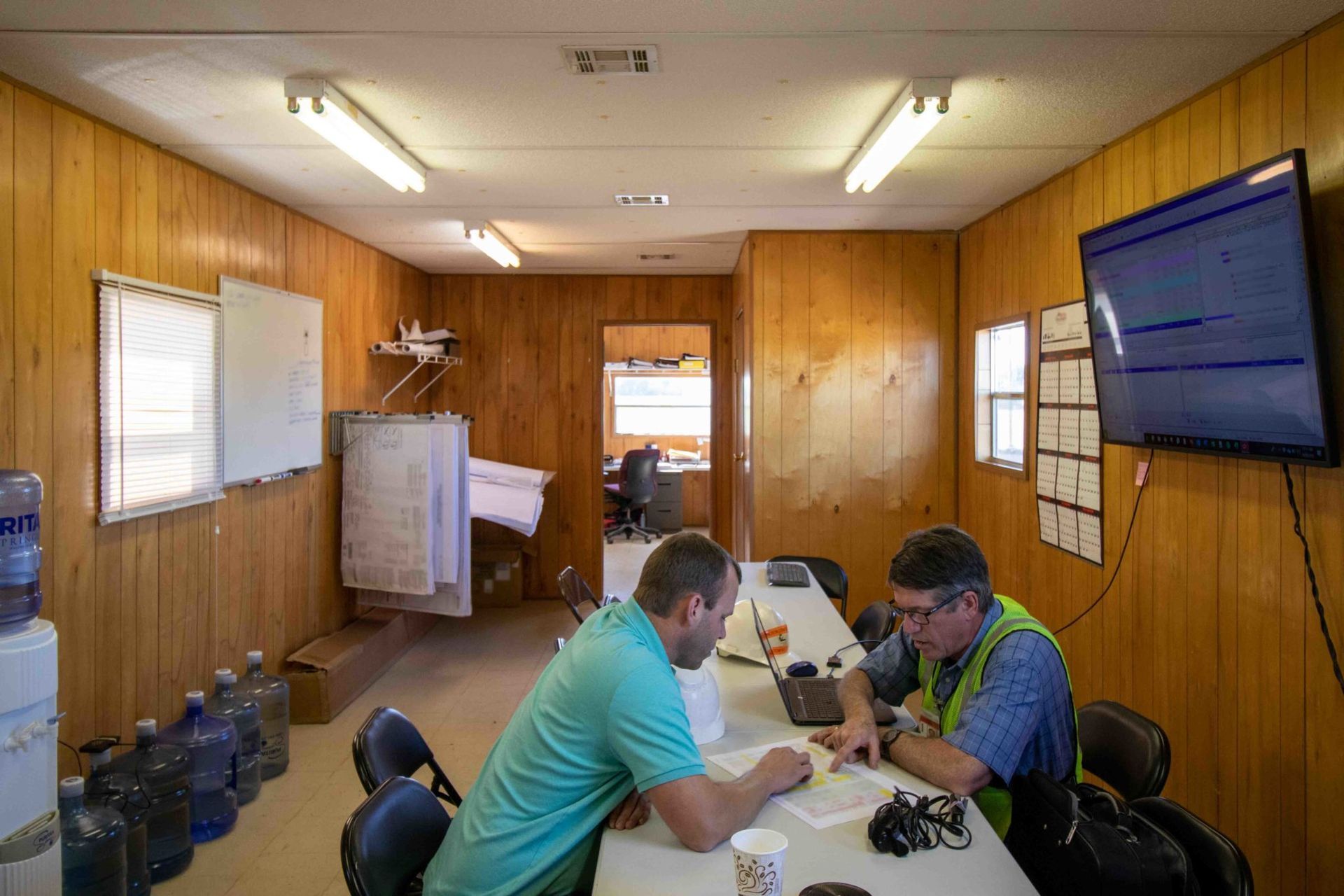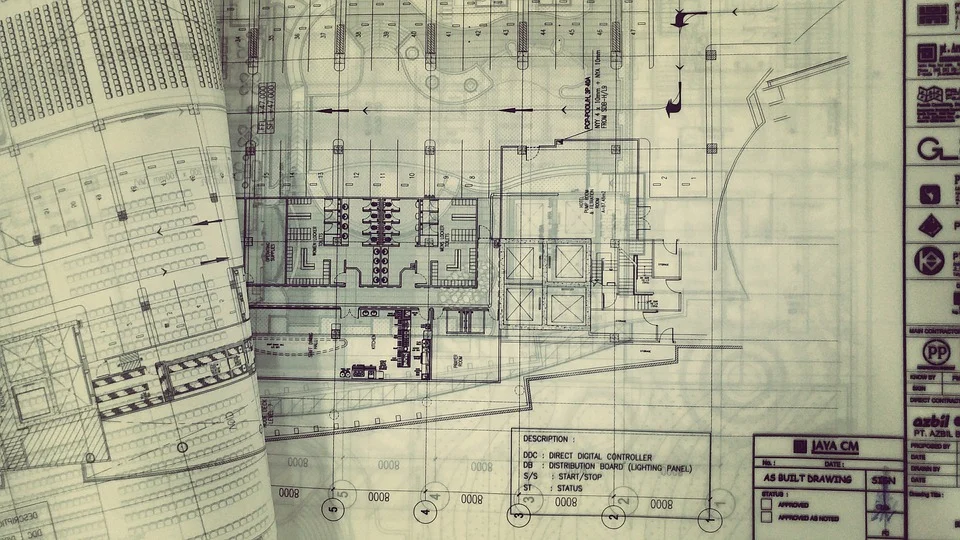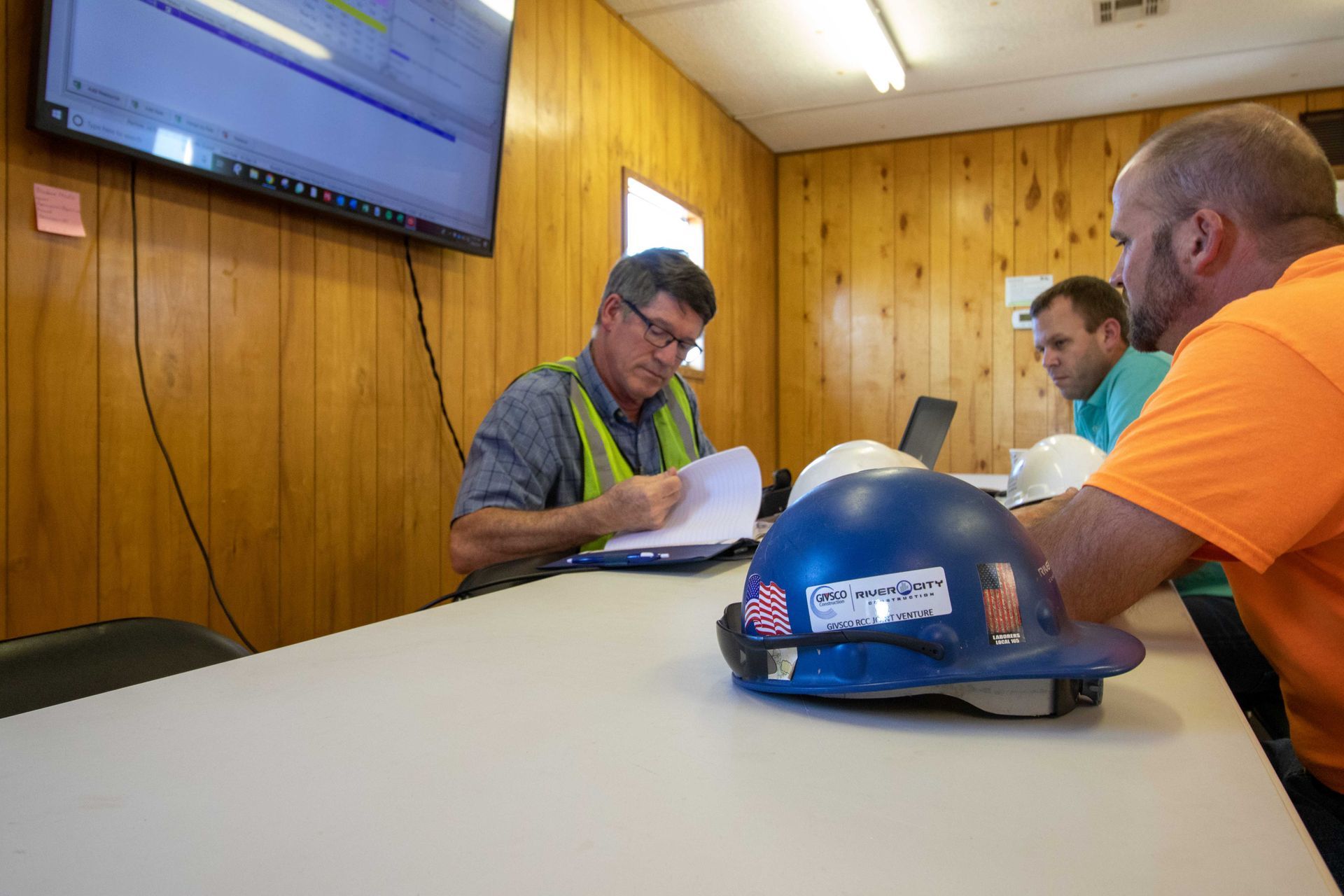The Evolution of Construction Project Management
In order to understand the history of construction project management, we need to take a look back at some of the first projects to be managed. The ancient Egyptian pyramids are a great example — one of the most expensive construction projects on record.
Built around 2500 BC, the pyramids of Giza took around 100,000 laborers and 20 years to complete. The project took 2.3 million blocks of stone that weigh about 2.5 tons a piece. The pharaoh who ordered it wanted the job done before he died, which established a pretty short timeline based on life expectancies at the time. The teams used an ancient version of the organogram — a chart that defines and delegates roles for everyone in charge.
There are other projects that required management over the years, too. The Great Wall of China, the Acropolis in Greece, or the aqueducts of Italy; they all required someone in charge to oversee and manage the work and a process for everyone to follow even if it wasn’t quite yet known as the modern version of project management used today in the construction industry.
Modern Project Management
Scientific Management
In the early 1900s, during the dawn of the Industrial Revolution, mechanical engineer Frederick Taylor noticed that there was a gap between factory owners and workers on the floor. They weren’t communicating well and it was impacting overall productivity, and Taylor worked hard to find a way to change that. His research resulted in a book called The Principles of Scientific Management, which included these four foundational points:
- Look at each job or task scientifically to determine the “one best way” to perform the job. This is a change from the previous “rule of thumb” method where workers devised their own ways to do the job.
- Hire the right workers for each job, and train them to work at maximum efficiency.
- Monitor worker performance, and provide instruction and training when needed.
- Divide the work between management and labor so that management can plan and train, and workers can execute the task efficiently.

The Gantt Chart
Henry Gantt, who was also a mechanical engineer, created a visual tool to help project teams track the schedule and progress of their work. Tasks that were dependent on each other were linked along a timeline, clearly marking which parts of the project were ahead, behind, or right on track when it came to estimated completion.
Gantt charts were so effective that they helped make the Hoover Dam a success. This approach was (and remains to be) popular because they don’t require special skills or training; every member on a construction project team can clearly understand the visual element.
Critical Path Method (CPM)
In the late 1950s, leaders at the DuPont company were looking for ways to optimize manufacturing schedules and reduce downtime at their plants. Mathematicians Jales Kelley and Morgan Walker published their research, which then became known as CPM — and DuPont saved $1M in costs during the first year they applied this practice. Projects that used this strategy included the Manhattan Project and the construction of the Twin Towers in New York City.
CPM lets you identify potential delays and setbacks as a project moves forward before they cause delays and downtime, and can alert project managers to the need for resources that can be used to optimize the process. Determining CPM uses several steps:
- List all the tasks required to complete the project.
- Note the duration of each task.
- Identify task dependencies.
- Identify project milestones.
- Create a list of your project deliverables.
- Assign resources to your project tasks.

Primavera Software
In 1983, the critical path method was digitized and turned into software products by Primavera Systems. This innovative tool is now widely used within the construction industry and has expanded its capabilities over the years to be a “key play” for project management optimization, scheduling, resource management, and team collaboration.
Among the long list of construction management benefits that Primavera offers are these top advantages: There’s less risk of delays and overruns that drive up costs, it’s cloud-based and mobile-accessible, timelines are updated in real-time, the software offers interactive Gantt charts, and it’s a scalable tool that can be applied to construction projects large or small. Perhaps most importantly, it facilitates better, more streamlined communication among team members.
Even though you may not be building a pyramid, it’s still imperative to utilize construction project management tools to find success. Our team of experts can help; from CPM to scheduling to Primavera training,
we’re a key partner to have in your corner — get in touch today.







